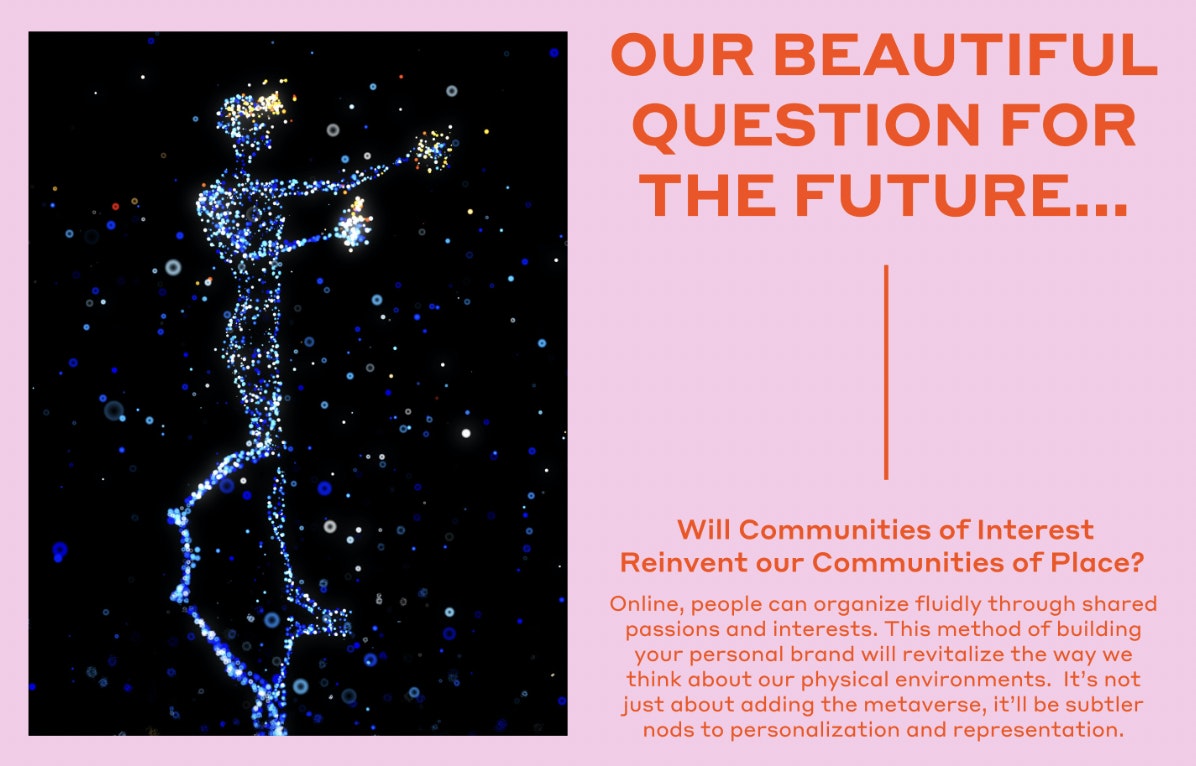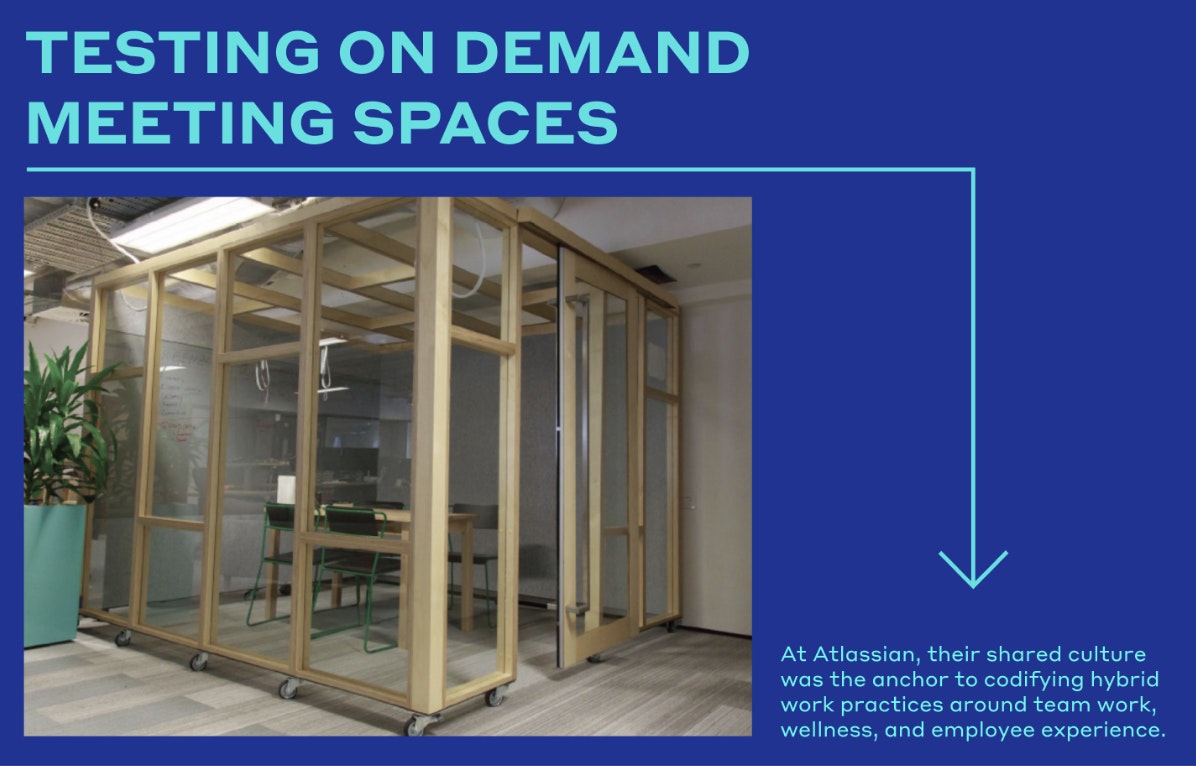Will communities of interest reinvent our communities of place?
Hierarchical corporate culture is the biggest barrier to hybrid working. Can shared interests and passions in the workplace trigger a new, bottom-up approach combining work and social activities?
When Peter Drucker coined his famous quote ‘Culture eats strategy for breakfast’, he couldn’t fathom the hybrid messiness we find ourselves in now. Drucker’s words are ever more relevant today as they were then, as the topic of workplace culture dominates every hybrid work conversation.
Culture shows up directly, painted in bold, aspirational strokes when organisations talk about their employee values. Culture can also reveal itself in a subtler palette, implied but not asserted, in conversations about team protocols and practices.
In a recent survey by PwC, leaders cite corporate culture as the biggest challenge to making hybrid work successful—36 per cent say it’s a major challenge, and 36 per cent say it’s a moderate challenge. (1) While we can all agree that hybrid is here to stay, we can’t all predict with the same certainty how these conversations about culture (both direct and indirect) will imprint onto our future workplace experience.
A place for connection
Let’s start with one possible future: that the office will become a place for collaboration and connection. In a survey to 1,000 employees, workplace software platform Envoy reports that 95 per cent of employees see some upside in returning to the workplace. Some of the top reasons cited: the ability to separate work life from home (46 per cent), collaborating with co-workers in-person (44 per cent) and hanging out with work friends (39 per cent). (2)
The interesting thing here is the overlay of our work world with our social world. You want a hyper tech-enabled team work session? Check. What about downtime to connect with others that enjoy board games? Double Check. In this duality, we may actually be open to bringing our whole selves to work. But just because people may be coming together for these activities, it doesn’t mean an organisation has a culture, or that everyone would say that ‘they belong’.
Culture is defined as a community that shares common experiences to shape the way we understand the world. As organisations move away from the hierarchical, top-down model of management, the pathways of communication will become more varied and diverse. The good news is that it will become more inclusive to recognizing different backgrounds and perspectives. Previously, your workplace community might have been organisationally led – meaning you might have identified most closely with your team, or your business function.
Enriched by outside activities
Now, the definition of workplace community is being enriched by activities outside of work, one example being employee resource groups (ERGs). Yes, that’s the board game club, as well as health enthusiasts, hobbies, gender equity, LGBTQI+, POC, volunteering, social and environmental justice, and many others. These interest groups represent the tip of the iceberg to a larger evolution for workplace culture.
As the organisation moves away from the top-down model of operations, it will morph into one that preferences smaller networked ties, ones that leverage who and what you know, and enhanced by strong social links.

In short, a company’s culture will be defined in both their work and social parts. The pandemic has accelerated the importance of social capital for workplace culture, and hybrid work has magnified it across physical and virtual realms.
Take Atlassian, a company on their journey to hybrid. Atlassian is a global software organization that creates products for people to work together, wherever they are. With employee values such as ‘play, as a team’, ‘be the change you seek’, and ‘build with heart and balance’, this is a perfect example of a company that has a strong culture but still allows people to work when and where they want.
Our ERA-co user strategy team conducted workplace strategy efforts with Atlassian that reflected this ethos, emphasising teamwork, wellness, and employee experience. While they didn’t need help to define who they were, they needed an activation strategy to codify it for a hybrid world.
We studied micro-team workstyles to identify how teams communicated remotely and in-person, and developed models to measure the success of those aspirations, for work and for wellness. If the new office experience is where place and purpose collide, Atlassian looked for simple, cost-effective approaches to workplace ideas that responded to opportunities from working hybrid.

Our beautiful question
Today, workplace culture is morphing into work and social worlds. Even so, a strong culture will still need to be translated into its hybrid equivalents, both in office, at home, and remote. But our beautiful question points to a bigger possibility. Tomorrow, we’re talking about how the virtual world will lead us to a future where the strong ties will not mimic the organisational structure of hierarchy, but a collective of shared passions and interests. As such, we should look to how virtual environments operate. Communities of interest will be the biggest trigger to designing a successful community of place.








